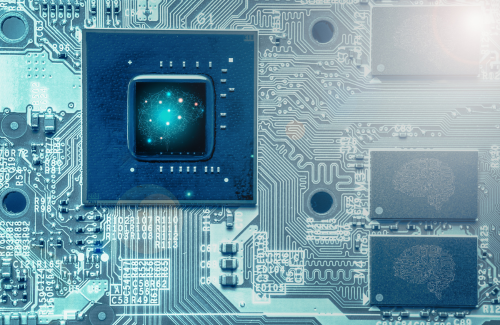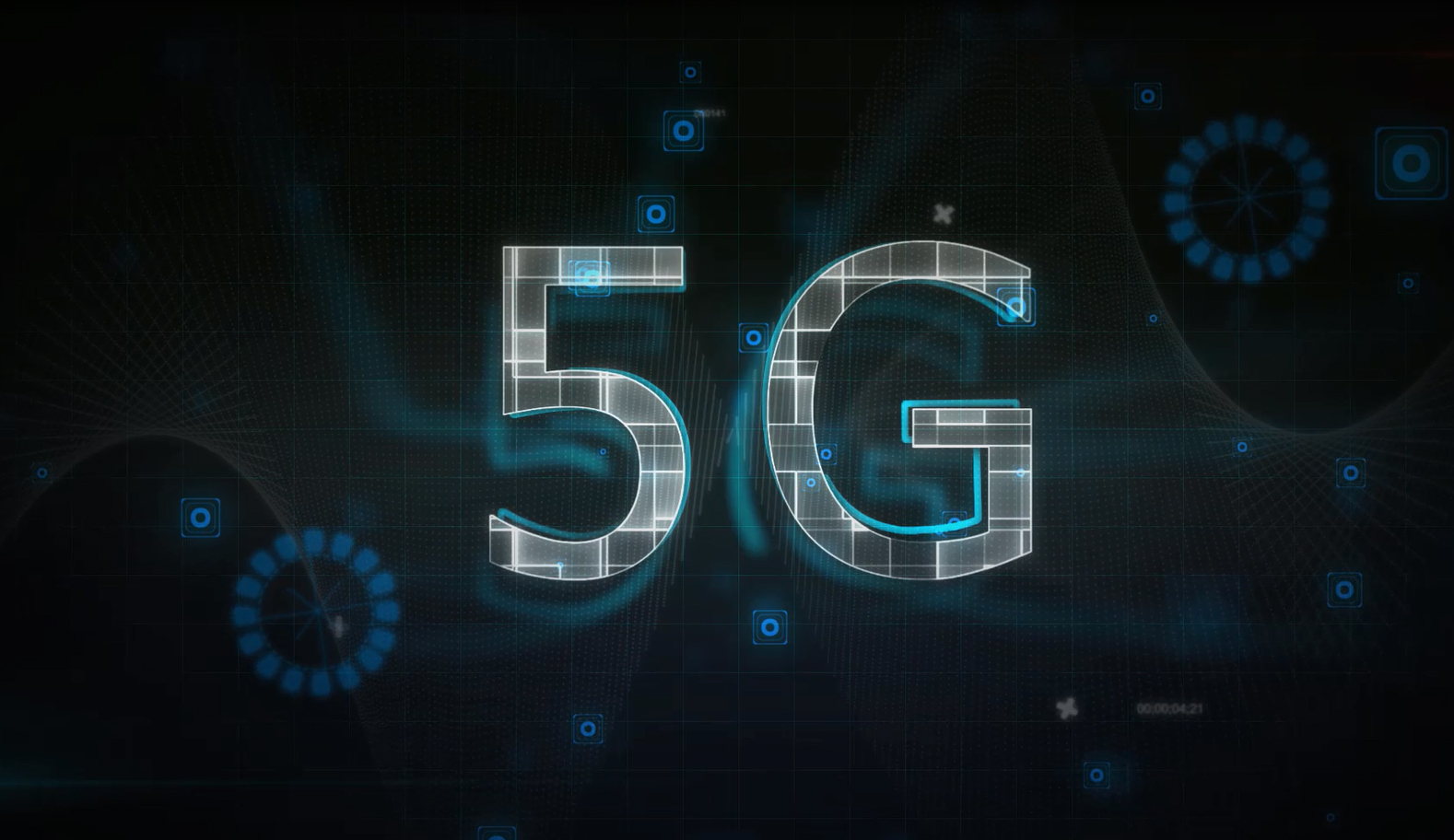Technology
FinGreen 2.0 : Exploring the role of climate fintech in creating a more sustainable future
There are a number of similar sounding terminologies that a user would come across when exploring a data catalog. In this section we look at the important terms and how they are related to each other.
The future of frontend development: Emerging trends and technologies
Let’s start with the history of the Web. It was 1991 when the first web page went live and our lives were changed drastically. Today, millions of people spend hours surfing the internet, making money and investing money, gaining university degrees, listening to music, and watching movies, educational theories, videos, and more.
Global Practices : Big Data & Analytics Practice
There are a number of similar sounding terminologies that a user would come across when exploring a data catalog. In this section we look at the important terms and how they are related to each other.
Migrate On-Premise Machine Learning Models to AWS Sagemaker
Importance of data science is at boom where the prime reason being the abundance of data generations and to understand the trends in this data can impact the business tremendously by providing various insights by generating models which provide support to data analysis,
The Future of Brain-Computer Interface (BCI)
Brain-computer interface (BCI) is a technology that enables a direct communication pathway between the brain and an external device or machine.
A digital identity is a set of validated digital attributes and credentials for the digital world, similar to a person's identity for the real world.
Reference Architecture Models for Big Data and Analytics
Reference architecture models for Big Data and Analytics derived from GlobalLogic’s domain expertise and leading industry standards.
Demystifying DevOps: A Guide for Product Managers
In the fast-paced world of software development, two crucial forces DevOps and Product Management join hands to drive efficiency, collaboration, and quality.
Future of Applications with 5G and Cloud
This paper introduces the main relevant mechanisms in Artificial Intelligence (AI) and Machine Learning (ML), currently investigated and exploited for 5G and B5G networks.
Data Marketplace to Unleash Data Economy
The value and importance of data in today’s times cannot be overstated. Some of the most valuable companies in the world rely extensively on data, treating it like a commodity, which they trade and earn revenue off.









